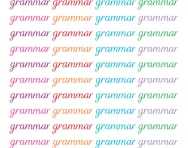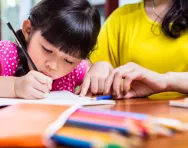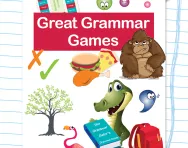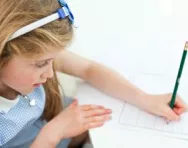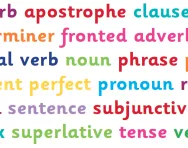What is a determiner?

What is a determiner?
A determiner is a word that goes before a noun and identifies the noun in further detail.
There are different types of determiners:


Download Fantastic FREE Grammar Resources!
- Perfect Punctuation Workbook
- Great Grammar Games Pack
- PLUS 100s of other grammar resources
What are children taught about determiners at primary school?
Children will probably only be introduced to determiners in Year 5 or 6. This teaching will most likely be in preparation for their Grammar, Punctuation and Spelling test in Year 6.
How are determiners tested in KS2?
The Year 6 SPAG test may feature a question similar to the following:
Answer:
She put two bowls of milk down for the cats.
Answer:
I went to a / the shop to get a pint of milk. I got 25p change from the one pound coin I gave them.
Definite and indefinite articles (a, an, the) are a type of determiner; grammar questions in the KS2 grammar test may only refer to articles and not to determiners in general.
It's also easy to get confused by words that sometimes act as determiners and sometimes as pronouns within a sentence. For example:
In the first sentence the word 'that' is a determiner ('that book'). In the second it is a pronoun, as it replaces a noun. And again in the following sentences:
How are children taught about determiners in the classroom?
- Teachers may set worksheets with sentences similar to those above, asking children to pick out the determiners.
- They may set children a task to look through their reading books and pick out all the determiners.
- The class may participate in a discussion about which words are determiners; for example, a child may be given the phrase 'happy girl' and suggest that the word 'happy' is a determiner. Class discussion could then lead to the teacher explaining that 'happy' is in fact an adjective.
- The teacher may set grammar challenges, such as writing a sentence containing five determiners, then asking the children to swap their work with a learning partner to circle the determiners.
- Teachers may give children a short passage with all the determiners missing, then ask them to fill in the gaps with appropriate determiners of their own.

Give your child a headstart
- FREE articles & expert information
- FREE resources & activities
- FREE homework help



